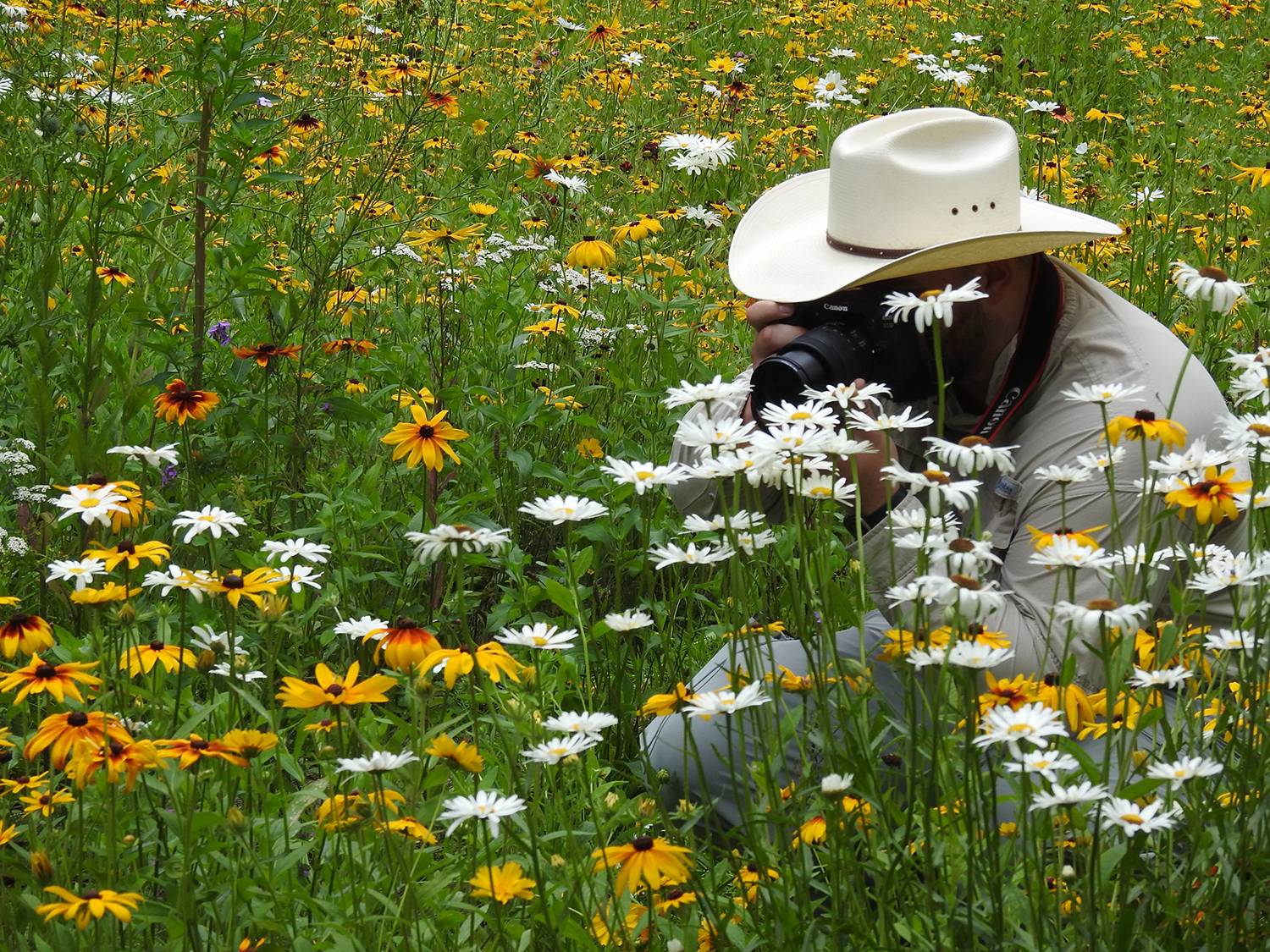Matthew McGeary ’24 is one of 31 student fellows who completed research with a community-based organization in upstate New York this summer as a part of the Upstate Institute Summer Field School. Below is the project described in his words:
Rogers Center is a beloved place in the local community. Located just outside Sherburne, it is known for its stunning trails and outdoor education, and its name holds weight and is instantly recognizable by many in the area. Rogers Center is a nonprofit that works with the New York State Department of Environmental Conservation. The center’s mission is to excite the community about the natural wonders of central New York, educate people about the importance of the environment and local ecosystems, and motivate people to get involved with the environment.
The small Rogers Center staff is an all-hands-on-deck team, and everyone wears multiple hats to get things done every day. They promote their environmental and educational mission through annual community events, school programs, adventure camps, adult programs, and more.
Rogers Center serves a wide array of people, young and old, and reaches people beyond Sherburne. It is frequented by Hamiltonians and people from the far reaches of New York State and the rest of the country. In my time here, families on countrywide road trips made it a point to check out Rogers Center while traveling through the area. I have learned that Rogers Center is a cornerstone in the local communities, and a place held dearly in the hearts of many in the area.
In 2010, Rogers Center had to close its doors, but the community stepped in, and through their love and appreciation of Rogers Center, got the funding together to have the center open its doors to the public again in 2011. Rogers Center aims to promote the importance and appreciation of the natural wonders that central New York has to offer. The project I have been undertaking is a new endeavor, started by Rogers Center Environmental Educator Ellen Rathbone, to inventory and address the concerning population decline of native bumblebees at Rogers Center and around central New York. This initiative is fittingly called the “B-Team.”
I have been tasked with the startup and initial research for the B-Team. I organized the project, set data guidelines, started the promotion of the project, and laid the foundation for a hopefully long-term project here at Rogers Center. My goal for the summer was to get this project off the ground, and functioning. We aim to inventory the bumblebee species in central New York, and the focus of my work specifically is inventorying the species present at Rogers Center, as well as helping to organize the data being gathered through the B-Team’s wider project on iNaturalist, targeting all of Central New York.
Bumblebee populations are in serious decline, and in order to address this issue, we must first inventory and conceptualize exactly what is happening. I have walked miles a day collecting important data for the B-Team at Rogers Center. I found a population of Northern Amber Bumblebees (Bombus borealis), which is considered a critically imperiled species in New York state. This is a big find for the B-Team, and could lead to future grant funding.
Recently, we’ve been awarded a grant for Pollinator Habitat Restoration, in which we plan to reseed the Adam’s Farm parcel of Rogers Center with native wildflowers (bumblebees and other native pollinators’ food of choice), replacing the invasive species of honeysuckle, Dame’s Rocket, and garlic mustard. These and other invasive plant species take root where they shouldn't, causing yet another problem the environment faces in tandem with climate change.
This project fits into my studies and future interests because I would like to continue with my geography education, with the goal of working somewhere in the sustainability field. I am greatly interested in the world around me, specifically the environment. So, when I saw the opportunity to do research at an environmental center, I jumped. I hope to gain valuable knowledge on the environment, and the threats it faces moving into the future.
I certainly appreciate the wealth of knowledge that the Rogers Center staff provides, as they have opened my eyes to many facets of our changing world. I hope one day to use this admiration of the environment and knowledge gained through my Colgate experience to work in the field of sustainability and combat the threats of climate change to make my mark on the world.
I wanted to be a Field School Fellow because of the value it has to offer. The field school is much more than a research fellowship with a community partner. It is the opportunity to gain practical experience and skills necessary to effectively enter the workforce at a high level — and a deeper understanding and appreciation of central New York, the place that I have called home the past three years. This was my first experience with the field school, and I am happy I made the decision to participate. The chance to participate in the B-Team project at Rogers Center was one that I did not want to pass up. The opportunity to spend my summer at the naturally beautiful Rogers Center, deepen my appreciation for the environment, and work on a project that can actually make a difference is something for which I am extremely thankful.
